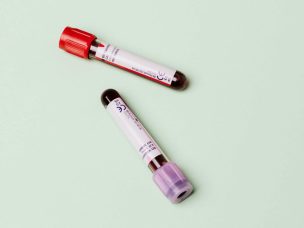Mortality risk elevated in the first year after transplant for 18- to 30-year-olds; risk also up for those aged 31 to 40 years, 41 to 60 years
Young Black heart recipients have an increased risk for mortality in the first year after transplant, according to a study published online Feb. 2 in Circulation: Heart Failure.
Hasina Maredia, M.D., from the Johns Hopkins University School of Medicine in Baltimore, and colleagues studied 22,997 adult heart transplant recipients using data the Scientific Registry of Transplant Recipients data from January 2005 to 2017 to examine the disparity associated with Black race in heart transplant outcomes.
The researchers found that among recipients aged 18 to 30 years, mortality was increased 2.05-fold for Black versus non-Black recipients (95 percent confidence interval [CI], 1.67 to 2.51; P < 0.001); the risk was only significant in the first year after transplant (first year: adjusted hazard ratio [aHR], 2.30; 95 percent CI, 1.60 to 3.31; P < 0.001; after first year: aHR, 0.84; 95 percent CI, 0.54 to 1.29; P = 0.4). Among recipients aged 31 to 40 and 41 to 60 years, the association was attenuated, with mortality increased 1.53-fold (95 percent CI, 1.25 to 1.89; P < 0.001) and 1.20-fold (95 percent CI, 1.09 to 1.33; P < 0.001), respectively, among Blacks. No significant association with Black race was seen among recipients aged 61 to 80 years (aHR, 1.12; 95 percent CI, 0.97 to 1.29; P = 0.1).
“Clinical research moving forward should focus attention on young, Black recipients during this high-risk period so that longstanding racial disparities seen in heart transplant survival can be improved,” Maredia said in a statement.
Abstract/Full Text (subscription or payment may be required)










